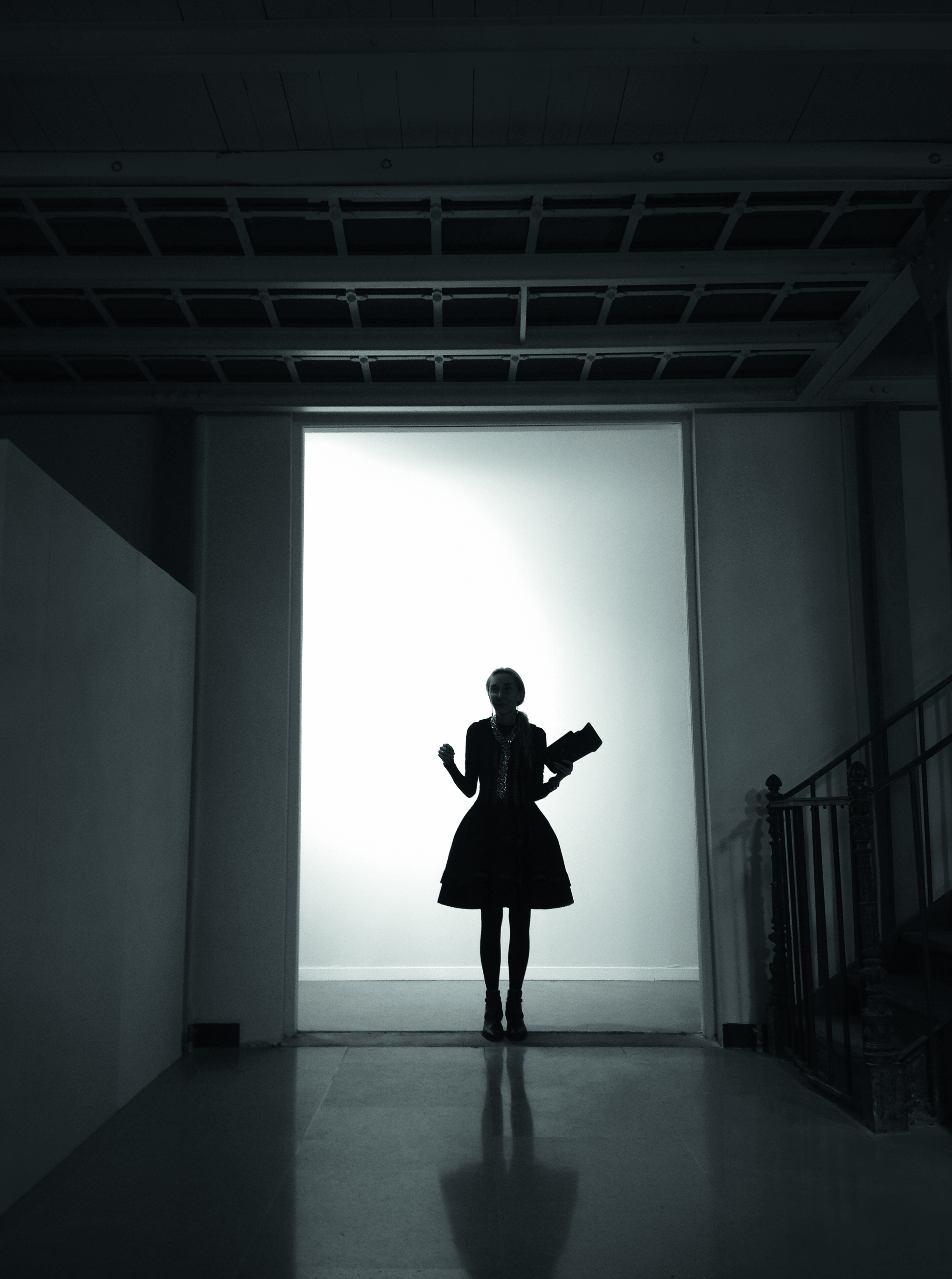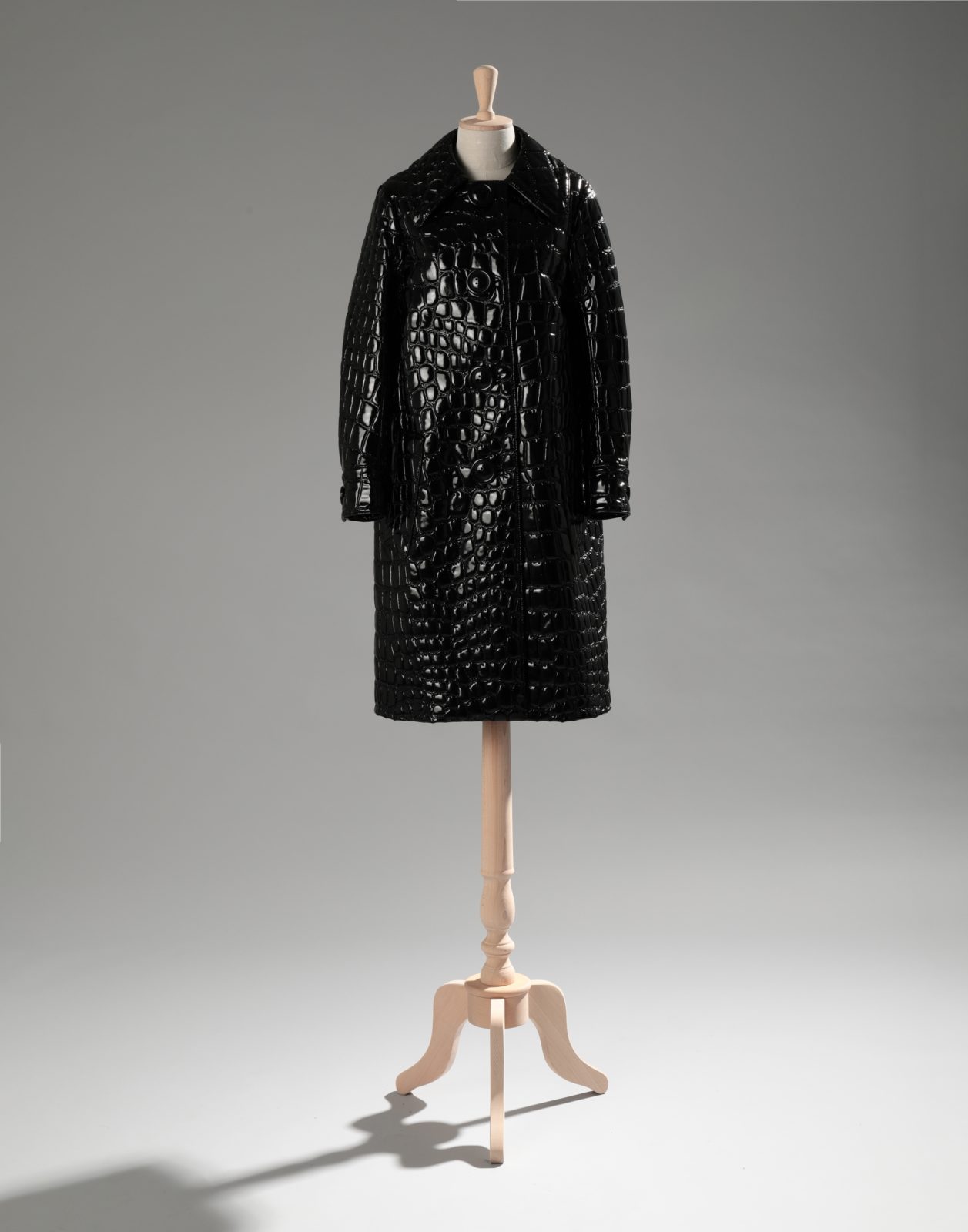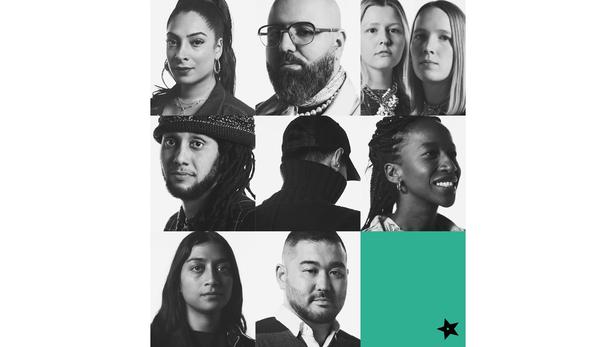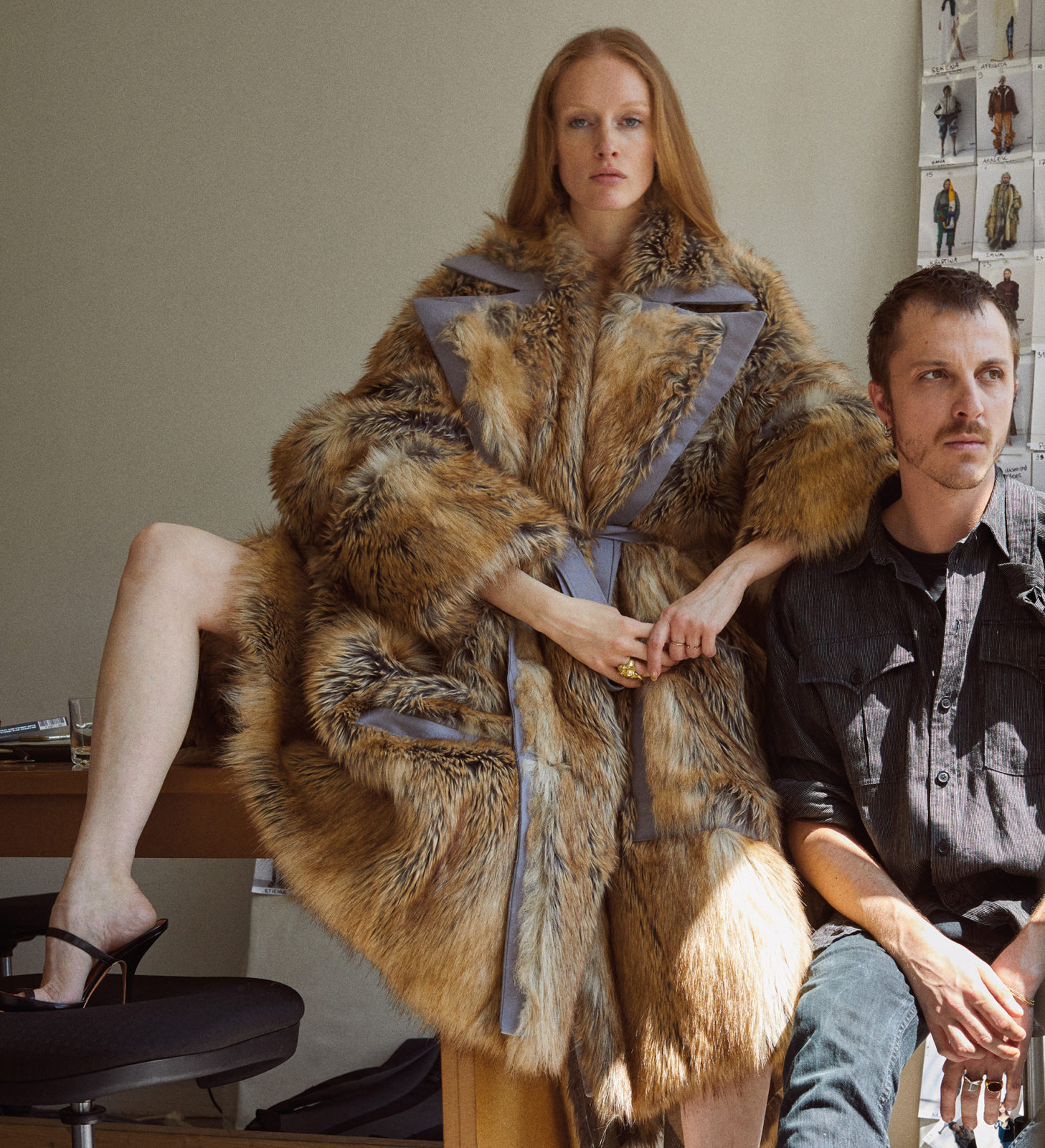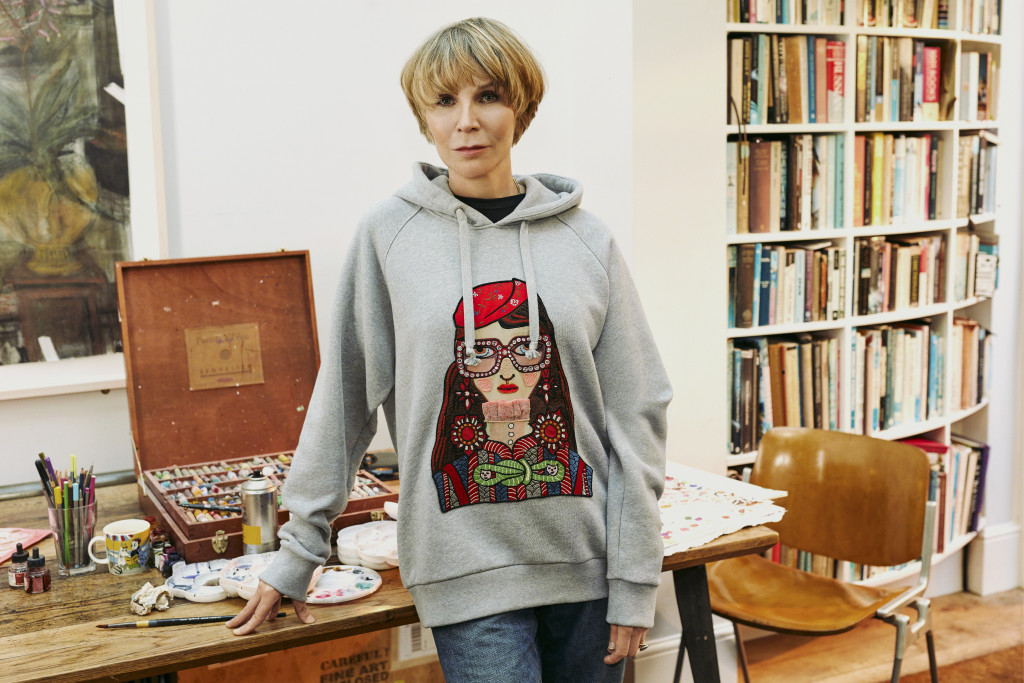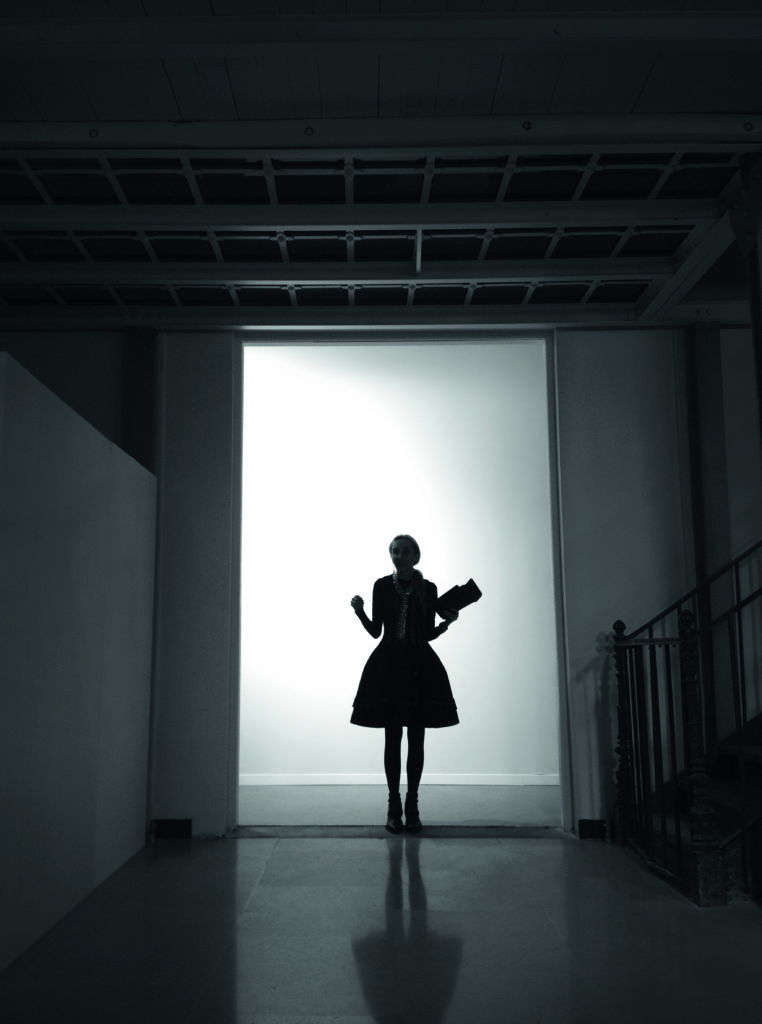
OUR INTERVIEW WITH CARLA SOZZANI
By Crash redaction
Photo : © Dominique Issermann
For almost fifty years, Carla Sozzani has reigned over fashion and art as a towering figure, accompanying the greatest designers and the biggest artists with her unfailing intuition, all-devouring passion, and fierce determination to tear down the walls between genders. In 1990, she created 10 Corso Como, a mainstay of art and fashion in Milan.
We had the good fortune to attend the exhibition Between Art and Fashion: the Carla Sozzani Collection, recently presented at Galerie Azzedine Alaïa and curated by Fabrice Hergott.
The exhibition is now running at the Museum of Fine Arts Le Locle in Neuchâtel, Switzerland. It’s practically the same exhibition: the works are still displayed in an analytic way, but it’s a different space. Museum director Nathalie Herschdorfer set up the photos herself. The result is stunning. Next year, the exhibition will also be presented at the Helmut Newton Foundation in Berlin. I think we will add more pieces and publish a new catalog.
What is the story behind the exhibition? Are these photos you have been collecting for a long time?
I don’t really think of it as a collection. I’ve never seen it that way. In reality, I never wanted to put it together. Next year will mark my fiftieth year of working in fashion and my twenty-eighth year of owning the gallery. Photography has always been a part of my life and work. It was present in everything I’ve done. When I opened my gallery, I did it in connection with fashion. It was Azzedine Alaïa who gave me the idea for the exhibition, and even if it’s not a collection in my eyes, but instead an unstructured group of things I like, I accepted and asked Fabrice Hergott to be the curator. He ended up selecting a quarter of my photos, chose the title of the exhibition, and compiled the catalog! I was too attached to my snapshots, so I didn’t have the right distance and the group wasn’t constructed or organized—I didn’t have a theme. I started keeping and buying photos in 1973-1974, at a time when photographers were still giving their shots away. I was spoiled!
Does the exhibition present all your photos from your work in fashion?
Not entirely. There are photos from exhibitions at my gallery, like the ones by Urs Luthi. There are also photos by Helmut Newton and Paolo Roversi, because they are people I worked with.
It’s a wonder that Roversi, Newton, or even Sarah Moon are not more widely represented in the art world…
Newton had a big exhibition at the Grand Palais, Sarah Moon at MEP and in Hamburg at…… Paolo Roversi will have a solo show at the Palazzo Reale in Milan in November. The Palazzo Reale exhibition will include a lot of fashion photos and work done by Paolo Roversi with Vogue Italia, because it’s a project he started with my sister Franca. Paolo and I have been known each other from the start.
It’s always been a blurry line between fashion and contemporary art. People are always wondering if fashion photography is art or not…
Yes, that’s true, they share the same points of view. I think photography is an artform, I don’t see any difference. When a work is original and unique, it’s art.
And these photographers never go out of style.
That’s what’s incredible. It happens in photography, with Paolo, Sarah Moon, Peter Lindbergh, Bruce Weber, Newton, and many others, as well as with certain fashion designers like Rei Kawakubo, Azzedine Alaïa, and Vivienne Westwood. They always stay contemporary. And Martin Margiela even though he isn’t working anymore…
Paolo Roversi, his photos are still contemporary.
Yes, always. He is one of the very few photographers and designers who never goes out of fashion. I think that when you have a very strong point of view, stay coherent, and stick to your guns, you can endure for a long time. They didn’t fall into the digital trap, for example. They are people who have important things to say, and that’s obvious to see.
You are lucky to be in the midst of all these designers.
I was very fortunate to associate with such incredible designers and photographers!
It’s essential for designers to avoid getting stuck in their own bubble, that they stay open and listen to the youth, without preconceptions. That’s what Comme des Garçons and Karl Lagerfeld do, for example. Some designers are so closed off that they go out of fashion.
Yes, or they are surrounded by people who tell them that they are geniuses! You have to stay curious about everything!
Do you have any favorites among the new generation?
Martin Margiela was my first total and complete case of love at first sight. I never get so attached to anyone anymore. But maybe that’s just me…
He is mentioned everywhere nowadays. So many young designers find him inspiring and pay tribute to his work.
I think it must be something that comes from within, because you literally cannot copy his style. Maybe you can copy him once, twice, but not all the time. For me, it’s more than copying, it’s a parallel identity. It’s not an appropriation of his identity, I think it’s more like finding yourself in something else.
How would you define yourself? You have so many activities…
I would call myself an « editor,” because editing is something I’ve done all my life. It’s hard to explain because I’ve done so many things… Choosing, selecting, my job is to select things. It was always a question of choosing, whether it meant exhibitions, jewelry, or clothing. Producing, too, because an editor actually does both. And then I was fortunate to observe fashion from every angle: I was a journalist and I worked with the fashion houses. I’m also a buyer at my store 10 Corso Como. I realize that it’s a very unique position.
Do you miss collaborating with magazines?
In 1987, I was fired from Elle Italia. Getting fired came as a huge shock to me. I had quit Vogue Italia after a few years to create Elle Italia. Robin Derick was the creative director, along with Claudio dell’Olio. Our photographers included Nick Knight, Juergen Teller, Paolo Roversi, Sarah Moon, Steven Meisel, Bruce Weber…
Back then almost everything of interest in fashion came through Paris, and I photographed a lot of foreign designers: Gaultier, Comme des Garçons, Sybilla, Alaïa, and Lacroix. A group of Italian designers opposed my ideas and they threated to pull their ads from my magazine if I kept it up: so I had to leave, but it was better that way because I think you have to say what you want to say. I’m not very flexible!
Press groups don’t have the same freedom today, and there are only independents like Crash who are still resisting!
That’s why I have no regrets about not giving much room to advertisers. Freedom is the most important thing, nothing can come in the way of freedom.
When Rizzoli fired me from Elle, they offered me a large sum of money if I told people I had resigned. I told them: “No, I’m proud to have been fired, Diana Vreeland was fired, too!” And they asked, “Who is Diana Vreeland?” And I said, “Don’t worry about it, just send me the pink slip!” After that, I decided to create a little publishing house. I had the copyright for years to start a magazine called Numéro that would come out whenever we felt like doing an issue, but I never used it. Ultimately I gave up on the project. It was an idea I had with Paolo Roversi, who told Babeth Djian about it and she ended up using the name.
How did you start collaborating with Azzedine Alaïa?
We have been friends since 1979-1980. I met him when I was at Vogue to do a feature and we never lost touch. I photographed his clothes, and then I bought them. We were so close that some people even treated my daughter as if she were his! But we really started to collaborate in 2000. It’s been seventeen years now and we’re still having fun. Nothing has ever felt like work to me in my life.
How do you see the evolution of fashion with the perspective you have? Does it seem like it has just gotten absolutely crazy?
One thing we haven’t experienced are groups, but that’s just as well because it means there is a lot of work to go around. But we need a new generation with the ability to express itself, especially in Italy. When I first met Azzedine, he kept his mattress under a table and pulled it out at night to sleep. Young people today want to jump right into the business as creative directors with a big salary, luxury apartment, and nice car. It’s a shame.
We live in a much more materialistic society today. Contemporary art is impacted by the same phenomenon. I remember back in the 90s when artists lived in squalor, but it was important because they wanted to focus on their exhibitions and projects. They weren’t thinking about building their careers or making money.
Yes, now they go to all the cocktails. It’s becoming much harder for young people to get known and truly express themselves. It’s different in art, but in fashion it’s true that you have to organize the entire production chain to stay independent. The world has grown much bigger. It’s much more complicated, especially in terms of distribution. Artists don’t face as many problems, except finding a gallerist who will understand them.
You live your life between Milan and Paris…
I come to Paris a lot to see Azzedine. I love this city. I also travel frequently to China and South Korea for the 10 Corso Como stores there.
And you are also going to open a 10 Corso Como in New York.
Yes, next year. I’m happy about it. My husband, Kris Ruhs, was born in the United States, but he didn’t want to go back unless he had a reason. Now he does! Originally I didn’t want to do it anymore, but when my sister got sick I wanted something else to focus on.
And where exactly will your store be located?
In Seaport, in Lower Manhattan, across from the Brooklyn Bridge. It’s a great location with pedestrian streets only. It’s a spot called Fulton Market, a historic building in New York. That’s where the fish market was. We will occupy the ground floor, which covers 2,500 m2. We’re going to put a restaurant inside, too. It will be just like 10 Corso Como in Milan—we’ll have everything!
Interview by Armelle Leturcq.






